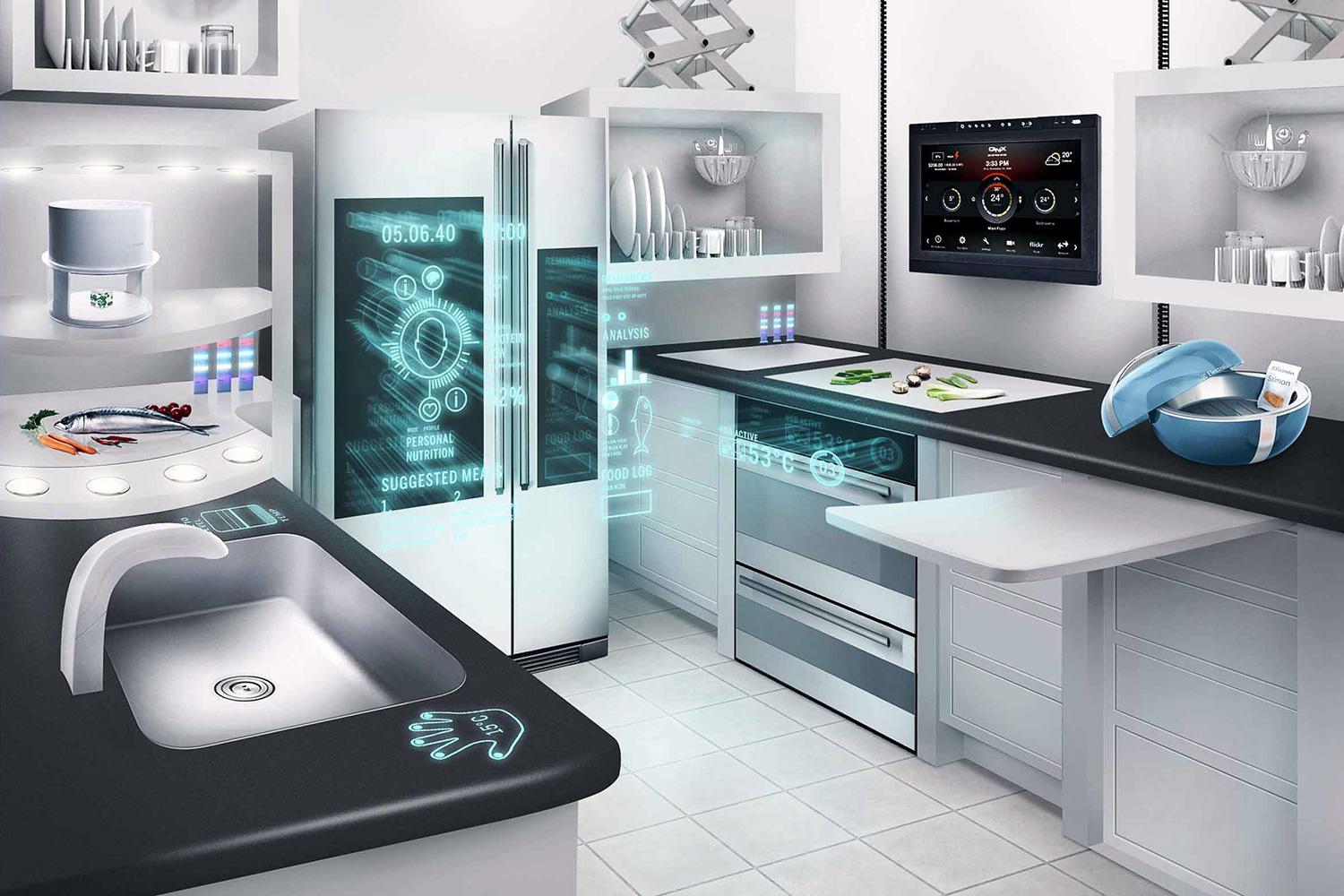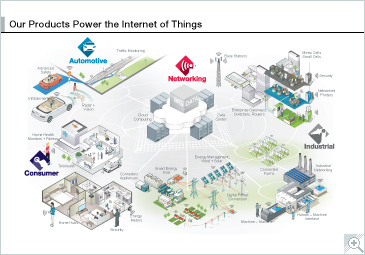After several years of being labelled “hype,” the Internet of Things (IoT) and wearable electronics are poised to become a reality in 2015. Over the past 12 months, many of the building blocks for connected devices — components, development kits, reference designs and tools — were debuted by names such as Atmel Corp., Bosch, Freescale Semiconductor, Honeywell, and Texas Instruments Inc.
Some of the “cooler” products are coming from a market that’s been languishing for years. Solutions for the long-awaited smart home — where users control light, heat, security and appliances from a single hub — have been costly, complex, and difficult to use. Companies such as Belkin International are now leveraging consumers’ comfort with the Internet. Belkin’s WeMo line of products use an action, such as sending a text message, to trigger another action, such as turning on the lights. Google’s Nest platform allows users to adjust home temperature and other settings over a Wi-Fi connection. Market research firm Machina estimates that by 2023, almost 7.2 billion connected consumer electronic devices will be in use worldwide.

Wearable electronics are poised to change healthcare.
Consumers can now literally control their homes from anywhere in the world. Home automation systems have typically used the TV, a PC or universal remote as a control center. Thanks to their mobility, smartphones are emerging as the controller of choice. Philips’ Hue automated lighting system uses a smartphone app to enable its on/off functions. Apple’s HomeKit platform, built on iOS 8, is controlled by an iPhone or iPad; Siri is its voice interface. Consumer electronics giants, though, haven’t entirely ceded the living room. Samsung’s SmartThing hub, which resides in the home, enables smartphone control through apps. By 2020, the entire IoT marketplace — which includes services as well as devices — will generate revenue in excess of $300 billion, according to Gartner.
Where will wearables be?
Wearable technology has gained a lot of ground since 2014 with the release of Google Glass, Fitbit, and smart watches. But medical applications are where wearables will really shine. Wearable technology holds the potential to cut healthcare costs, increase patients’ accessibility to treatment, and encourage healthier lifestyles and behavior. Sensor technology is pushing product capabilities from simple measurements, such as counting a user’s steps, to capturing data such as heart-rate, breathing, temperature, exposure to light, blood glucose levels, hydration, and blood pressure.

Freescale’s view of the IoT.
Medical wearables already have the buy-in of several powerful constituencies such as healthcare providers, insurance companies, hospitals, and doctors. Mordor Intelligence estimates the global medical wearable electronics market, worth more than $2.8 billion in 2014, will grow to $8.3 billion by 2019. But before this promise can be realized, wearables will have to supply more than just data, according to PricewaterhouseCoopers (PwC). Wearables must be interoperable, engaging, and outcome-driven. Cost and utility will be key to winning over consumers. PwC estimates that only 1 in 5 Americans currently owns a wearable device and only 1 in 10 use them on a daily basis.
The very connectivity that makes IoT and wearable devices so appealing, though, provides endless opportunities for hackers to disrupt devices and services. Every connection between two gadgets creates vulnerability. Hardware solutions include security features embedded on chips and biometric sensors that flag unique identifiers. But in the connected world, nothing exists in a vacuum. As the electronics industry edges toward 2016, look for innovation in the software, cloud, and services realm.
Advertisement
Learn more about Electronic Products Magazine





